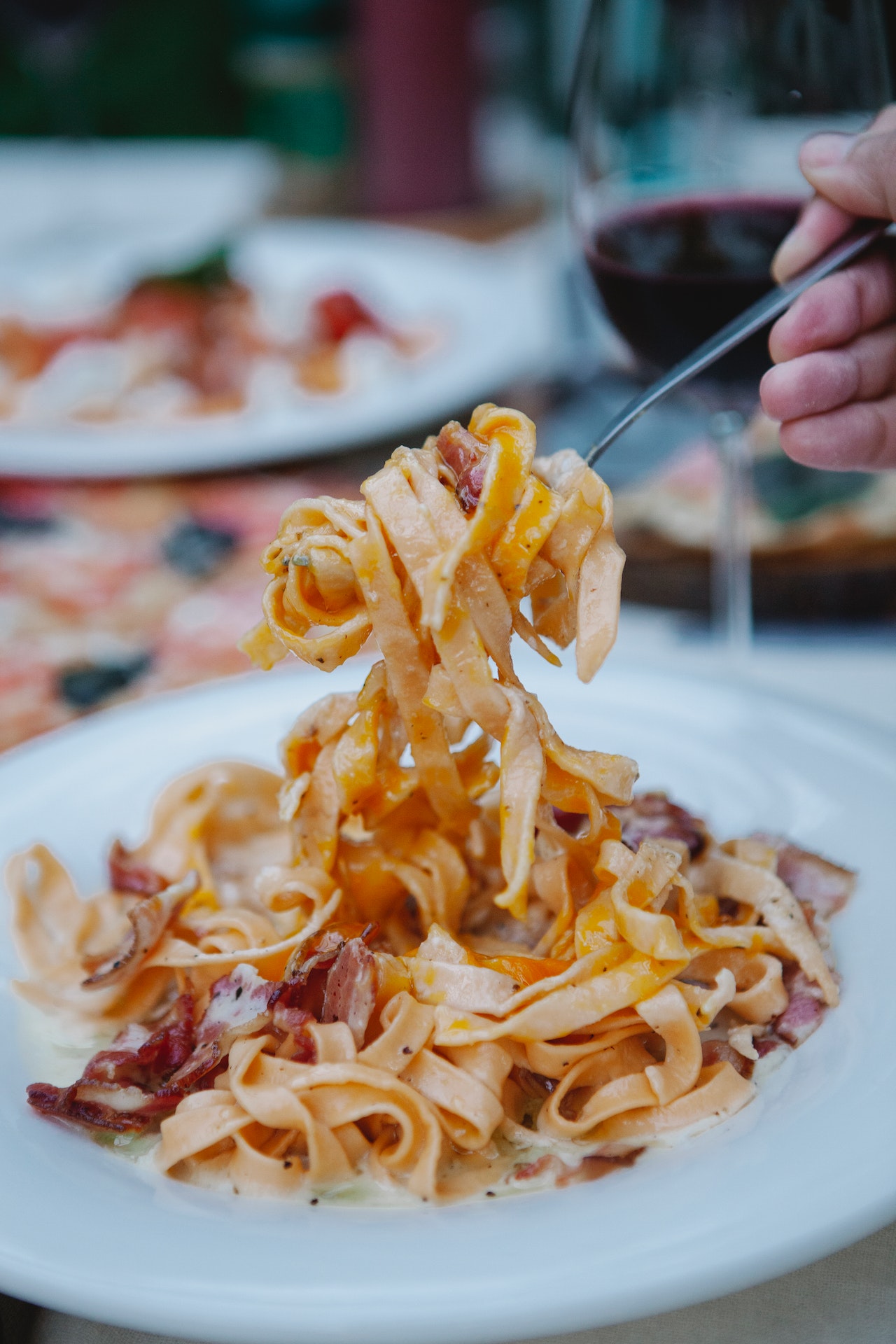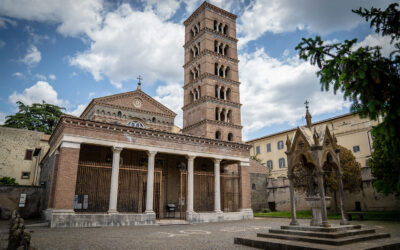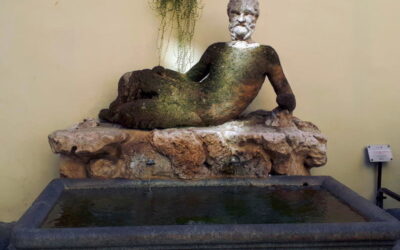Here are 10 delicious dishes from Rome and the wider Latium region:
- Carbonara: A classic Roman pasta dish made with spaghetti, eggs, Pecorino Romano cheese, pancetta or guanciale (cured pork cheek), and black pepper. It is rich, creamy, and incredibly flavorful.
- Cacio e Pepe: Another beloved Roman pasta dish, cacio e pepe translates to “cheese and pepper.” It consists of spaghetti or tonnarelli (a thicker pasta) tossed with Pecorino Romano cheese and black pepper.
- Amatriciana: A traditional pasta dish hailing from the town of Amatrice, near Rome. It features bucatini or rigatoni pasta topped with a sauce made from tomatoes, guanciale, Pecorino Romano cheese, and chili pepper.
- Saltimbocca alla Romana: Thin slices of veal are topped with prosciutto and sage, then cooked in white wine and butter. This flavorful dish is a true Roman specialty and a delight for meat lovers.
- Roman-style Artichokes (Carciofi alla Romana): Artichokes are prepared by trimming the leaves, stuffing them with garlic, mint, and parsley, and cooking them slowly in olive oil until tender. They are a popular seasonal delicacy in Rome.
- Supplì: These fried rice balls are filled with tomato sauce, mozzarella cheese, and sometimes ground meat. Crispy on the outside and gooey on the inside, supplì are a popular street food snack in Rome.
- Porchetta: A slow-roasted whole pig seasoned with herbs, garlic, and spices, porchetta is a succulent and flavorful traditional dish. Slices of tender, juicy porchetta are often served in a sandwich.
- Bucatini all’Amatriciana: Similar to the classic Amatriciana, this dish uses bucatini pasta, which is a thicker spaghetti with a hollow center. The sauce clings to the pasta, making each bite even more enjoyable.
- Maritozzo: A sweet bun filled with whipped cream, maritozzo is a beloved Roman dessert. It is often enjoyed for breakfast or as a snack with a cup of coffee.
- Pecorino Romano: While not a dish in itself, Pecorino Romano is a famous sheep’s milk cheese from the region and is an essential ingredient in many traditional Roman dishes. It has a strong, tangy flavor that adds depth to various recipes.
These delightful dishes represent the rich culinary heritage of Rome and the Latium region, showcasing the flavors and traditions that make the local cuisine so beloved.























